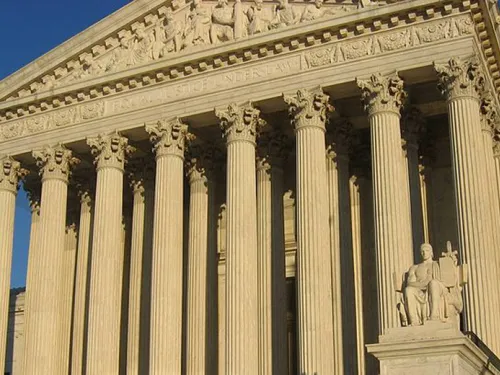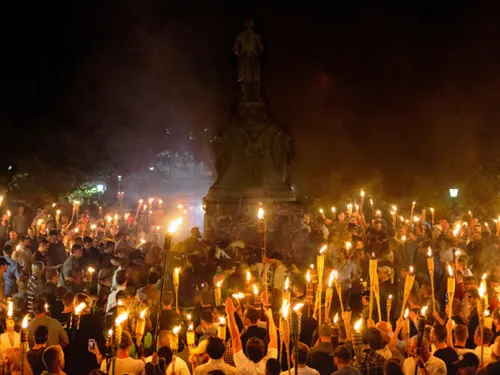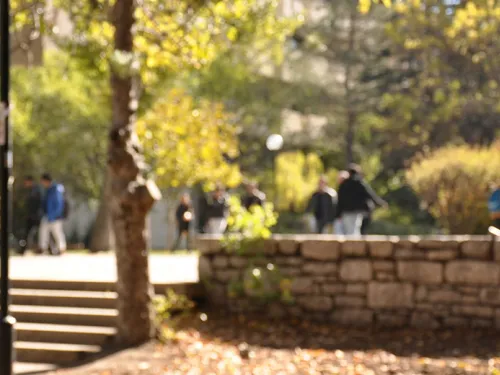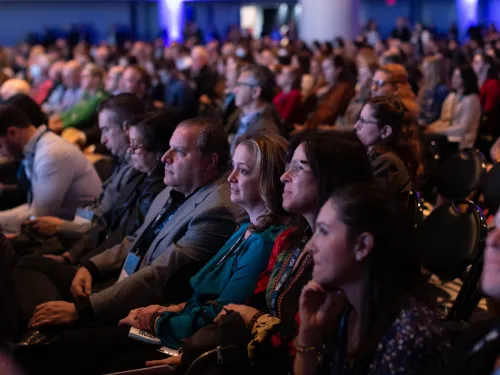The White Power Music Scene in the United States
For Law EnforcementRead the full, comprehensive report, The Sounds of Hate: The White Power Music Scene in the United States in 2012 (PDF).
The recent tragic shooting spree at the Sikh temple in Oak Creek, Wisconsin, in which Wade Michael Page killed six people before killing himself after a shootout with police, has drawn attention to the shadowy world of white power music. Page, a committed white supremacist and member of the Hammerskins, a hardcore racist skinhead group, was heavily involved in the white power music scene in the United States. He played in a number of white power bands over the previous 12 years, most prominently the bands Definite Hate and End Apathy.
Page was just one of hundreds of white supremacist musicians listened to by thousands of white supremacists in the United States and beyond. Today, white power music permeates the subculture of the white supremacist movement. Not all white supremacists enjoy white power music, but many of them do, especially neo-Nazis and racist skinheads. For listeners, white power music is not simply entertainment. It is music with a message, a medium used to express an ideology suffused with anger, hatred and violence.
Key Points
- At any given time, there are usually between 100 and 150 white power music bands operating in the United States
- White power bands play a number of different types of music, although Oi!, hatecore punk, and National Socialist Black Metal music are probably the most popular.
- Many bands are affiliated with specific extremist groups, such as the Hammerskins, a large racist skinhead group.
- A number of white power music concerts occur every year in the United States, but most people who listen to white power music must buy CDs or download the music from the Internet.
- An entire network of white supremacist record labels, distributors, and sellers exist to spread white power music, all active on the Internet. Some mainstream businesses such as iTunes and Amazon.com also sell some of this music.
- White power music is international in scope, existing everywhere there are white supremacists, including North America, South America, Europe, South Africa, and Australia and New Zealand.
- White power music conveys messages of hatred, but also services other purposes, such as urging or celebrating violence, glorifying white supremacist heroes or "martyrs," promoting a particular group or leader, and convenying a sense of commonality and solidarity among white supremacists.
- White power music can also be a recruitment tool, though it is probably more successful as a passive recruitment tool than as a way for extremists pro-actively to try to spread white supremacy.









